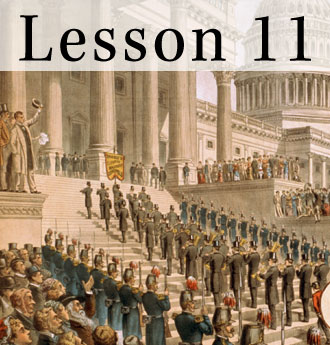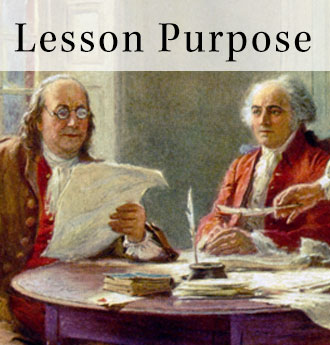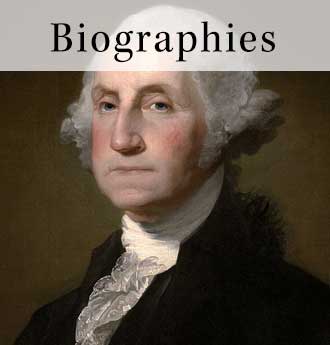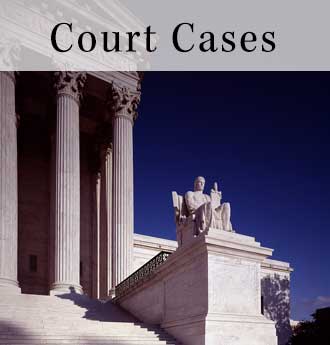Lesson 11: What Questions Did the Framers Consider in Designing the Three Branches of the National Government?
Federal Farmer No. 7
An Anti-Federalist essay, criticizing the proposed constitution and outlining the Federal Farmer's goals for future letters.
Link: http://www.constitution.org/afp/fedfar07.htm
Federal Farmer No. 8
An Anti-Federalist argument for a federal republic with authority resting in the state governments.
Link: http://www.constitution.org/afp/fedfar08.htm
Federalist No. 1
From WIkipedia: Federalist No. 1 is an essay by Alexander Hamilton and the first of the Federalist Papers, a preface in broad terms of the forthcoming arguments in favor of the proposed constitution.
Link: http://www.constitution.org/fed/federa01.htm
Federalist No. 10
From Wikipedia: Federalist No. 10 is an essay by James Madison arguing for the ratification of the United States Constitution. It addresses the question of how to guard against "factions" with interests contrary to the rights of others or the interests of the whole community.
Link: http://www.constitution.org/fed/federa10.htm
Federalist No. 33
Hamilton's arguments in favor of the necessary and proper clause and the supremacy clause.
Link: http://www.constitution.org/fed/federa33.htm
Federalist No. 37
From Wikipedia: Federalist No. 37 is an essay by James Madison, published on January 11, 1788 discussing some of the political questions raised at the Constitutional Convention, such as the question of the authority of the state versus the liberty of the people.
Link: http://avalon.law.yale.edu/18th_century/fed37.asp
Federalist No. 48
From Wikipedia: Federalist No. 48 is an essay by James Madison, building on Federalist No. 47 in which Madison argued for separation of powers; in this one he argues that the legislative, executive, and judicial branches of government must not be totally divided.
Link: http://avalon.law.yale.edu/18th_century/fed48.asp
Federalist No. 51
From Wikipedia: Federalist No. 51 is an essay by James Madison, published on February 6, 1788. No. 51 addresses means by which appropriate checks and balances can be created in government.
Link: http://avalon.law.yale.edu/18th_century/fed51.asp
Federalist No. 71
From Wikipedia: Federalist No. 71 is an essay by Alexander Hamilton, titled, "The Duration in Office of the Executive," published on March 18, 1788. It is the fifth in a series of 11 essays discussing the powers and limitations of the executive branch.
Link: http://www.constitution.org/fed/federa71.htm
James Madison's Notes of Debates in the Federal Convention of 1787
Madison's notes on the debate over properly representing states in the proposed legislature.
Link: http://bit.ly/gdfSR
James Madison's Notes of Debates in the Federal Convention of 1787
Madison's notes on the debate over bicameralism in the proposed legislature.
Link: http://bit.ly/2rJ4t
Luther Martin: Address No. 4
Martin's letter to the citizens of Maryland warning of entrusting too much power to the government.
Link: http://bit.ly/bDQYl
Luther Martin: Genuine Information No. 12 (1788)
Martin's extensive criticism of the Philadelphia Convention, its methods and its work.
Link: http://bit.ly/146y0y
United States Constitution
The supreme law of the United States that provides the framework for the government. The Constitution outlines the nation's institutions of government and the most important rights of the people. The document was created in 1787 during the Philadelphia Convention. The government created by the Constitution took effect on March 4, 1789.
Link: http://civiced.org/constitution








